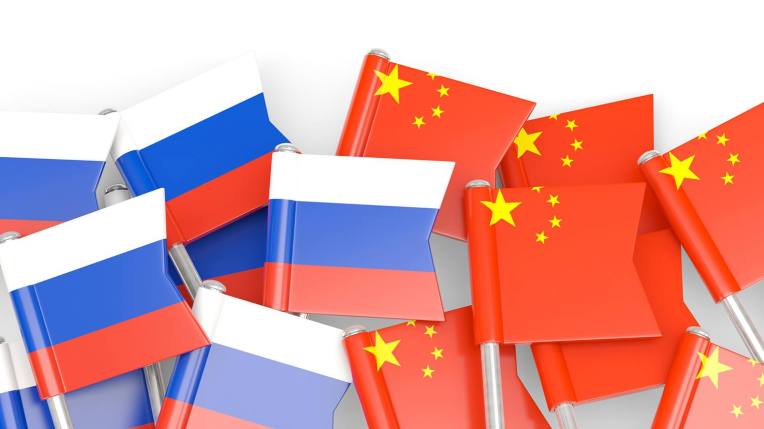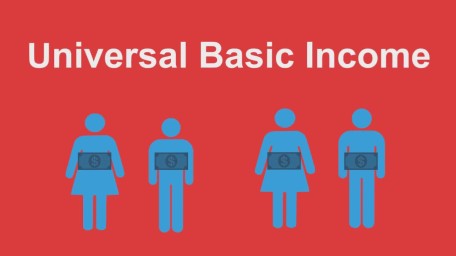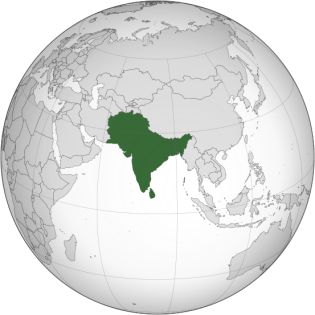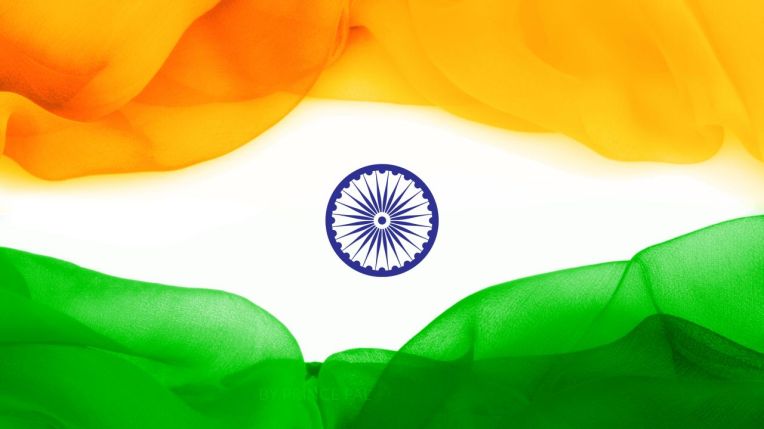
Cold war conceptually refers to an ongoing state of political and military tension between opposing geopolitical power-blocs. My analysis would seek to address the dynamics of the Russia-China Axis, the emergence of a new phase of cold war, and its inevitable effect on India. Even as I am attempting this analysis, the state of tension unfolding between western bloc lead by United States and Russia & China over the Iran nuclear agreement exemplifies this new phase of cold war. On one hand while there is an attempt by the western bloc to renegotiate the deal and thus salvage it by factoring in the belligerent American demand of scrapping it altogether and on the other hand we have the Russian and Chinese insistence that no change in the agreement framework is warranted.
Before Coming to the inevitable conclusion of emerging Russia-China Axis, the historical context of this relationship also needs to be understood.
Background of Sino-Russian ties:
Soviet Union provided vital assistance to Mao Zedong’s Communist rebels. Without Moscow’s backing, especially turning over weapons and territory to the insurgents after Japan’s August 1945 surrender, Communist China would not have emerged.
De-Stalinization by Nikita Khrushchev led to ideological disputes over which government offered an uncorrupted vision of Marxist-Leninism. The two countries created rival revolutionary and state networks and battled for influence within nominally Communist nations. The USSR backed India against China; the latter criticised Moscow’s willingness to compromise in the Cuban Missile Crisis and join in treaty limits on nuclear weapons.
In 1966 Beijing raised the issue of “unfair” treaties imposed by the czarist Russian Empire. Border conflict broke out three years later. Casualties were modest and fighting ceased later in the year, though a formal border agreement was not reached until 1991.
Chinese-Soviet tension continued around the world, as the two backed rival revolutionary factions in several African conflicts. They disagreed over Vietnam; Beijing supported Cambodia’s Khmer Rouge regime, which was ousted by Hanoi in 1978, and fought a brief war with the latter the following year. The two Communist giants also differed in Afghanistan.
End of Cold War and emergence of a new paradigm in Sino-Russian ties:
Chinese-Russian relations improved as the Cold War ended and ideological conflicts waned. But tensions remain real. In recent times, the United States has courted conflict with both powers. To constrain China, it has sought to strengthen alliance ties and form new alliance with India, added troop deployments and increased military maneuvers. Beijing perceives that Washington hopes to contain China, whether or not the former is willing to admit the obvious, currently exemplified by the ongoing trade wars.
Against Russia, the United States has followed an aggressive policy: dismissing the former’s Balkan interests, especially breaking apart historic Slavic ally Serbia (which imperial Russia backed in World War I); bringing old Warsaw Pact members and even ex- Soviet republics into NATO ; pushing regime change, including by Islamist insurgents, against Moscow’s Syrian ally; imposing economic sanctions against Russia; and building up U.S. military forces in Europe.
Emergence of Sino-Russian ties:
China and Russia are not formal military allies, but have found their dislike and distrust of Washington to be greater than their bilateral disagreements. China has pledged to invest more in the Russian Far East and buy more Russian nuclear energy technology. The two countries also have declared their identity of views regarding Asia-Pacific security, Iran’s nuclear program, Syria, and other global hotspots.
Since the Soviet Union’s disintegration in the early 1990s, the two countries have for the most part acted on the basis of shared interests—particularly in maintaining stability in Central Asia, whose energy supplies are vital for both countries’ economic development. China consumes the resources directly, whereas Russian companies earn valuable revenue by reselling Central Asian hydrocarbons in third-party markets, especially in Europe. Both countries know that certain regional events such as further political revolutions or civil wars could adversely affect core security interests. Both governments especially fear ethnic separatism in their border territories supported by Islamic fundamentalist movements in Central Asia.
The shared regional security interests between Beijing and Moscow have meant that the newly independent states of Central Asia—Kazakhstan, Kyrgyzstan, Tajikistan, Turkmenistan, and Uzbekistan—have become a generally unifying element in Chinese-Russian relations. Their overlapping security interests in Central Asia are visible in the Shanghai Cooperation Organization (SCO).
The two governments coordinate their foreign policies in the United Nations, where they regularly block Western-backed efforts to impose sanctions on anti-Western regimes. Most recently, China and Russia have established a common front in the UN Security Council against Western involvement in Syria. Their leaders share a commitment to a philosophy of state sovereignty (non-interference) and territorial integrity (against separatism).
Beijing and Moscow oppose American democracy promotion efforts, US missile defense programs, and Washington’s alleged plans to militarize outer space. Chinese and Russian leaders both resent what they perceive as Washington’s proclivity to interfere in their internal affairs as well as their spheres of influence by siding with neighboring countries in their disputes with Beijing and Moscow. Chinese and Russian officials openly call on their US counterparts to stay out of issues that are vital interests for Beijing and Moscow but should, in their view, be of only peripheral concern for the United States, dismissing Washington’s claims to stewardship in upholding universal values, principles of international behaviour, freedom of the seas, and a free Internet.
Challenges of Sino-Russian ties:
Although the current Sino-Russian ties are upbeat, such alignments are vulnerable to shifts in the underlying conditions that support them. In the case of Russia and China, these shifting variables include China’s increasing military power, its growing economic penetration of Central Asia, and its impending leadership changes, along with Russia’s political disorders, dependence on a mono-economy of energy, and gloomy demographic prospects. These and other plausible changes could at some point undermine the foundations of their current entente.
The two governments also remain suspicious about each other’s activities in Central Asia, where their state-controlled firms compete for energy resources. Chinese officials have steadfastly refused to endorse Moscow’s decision to recognize Abkhazia and South Ossetia, which Russia pried from Georgia during the August 2008 war, as independent states. In East Asia, Russia has not supported China’s extensive maritime claims, and has backed Vietnam, a major Russian arms client, in its bilateral dispute with Beijing, which is impeding the offshore operations of Russian energy companies there.
At the societal level, culturally embedded negative stereotypes about the other nationality persist in both countries. The Chinese media criticises Russian authorities’ failure to ensure the safety and rights of Chinese nationals working in Russia. Russians in turn complain about Chinese pollution spilling into Russian territory and worry that large-scale Chinese immigration into the Russian Far East will result in large swaths of eastern Russia becoming de facto parts of China.
Neither country is the main economic partner of the other. China is increasing its economic ties with Europe and India, with the United States still having primacy in Beijing’s commercial calculations. Chinese and Russian business enterprises will need to work extra hard to realize their governments’ ambitious targets for Sino-Russia trade, which is targeted to reach $100 billion by 2015 and $200 billion by 2020. They also will find it hard to address the imbalances in their existing two-way exchanges. China mostly buys Russian raw materials while selling.
Despite their mutual concern about American strategic ambitions, the governments of China and Russia have not undertaken any widespread collaboration to blunt them. For example, they have not pooled their military resources or expertise to overcome US ballistic missile defense (BMD) systems by, for instance, undertaking joint research and development programs to create shared anti-BMD technologies. Nor have they coordinated pressure against other countries in Europe or Asia to try to force them to abstain from deploying US BMD assets, even in Central Asia or Northeast Asia, regions that border Chinese and Russian territories.
The next few years will most likely see a continuation of this mixed pattern of relations between China and Russia. A major Chinese military build up could also alarm Russians as much as other neighboring countries, who already fear it. Alternately, Russian plans to create an EU-like arrangement among the former Soviet republics could irritate Beijing because such a development could impede China’s economic access to Central Asia. The harmony between Beijing and Moscow in Central Asia arises primarily because the Chinese leadership considers the region of lower strategic priority than Moscow, which still regards it as an area of special Russian influence. This too could change.
CONCLUSION:
The modern Chinese-Russian relationship has most often been characterized by bloody wars, imperial conquests, and mutual denunciations. It has only been during the last twenty years, when Russian power had been decapitated by its lost Soviet empire and China has found itself a rising economic—but still militarily growing—power that the two countries have managed to achieve a harmonious balance in their relationship. While China now has the world’s second-largest economy, Russia has the world’s second most powerful military, thanks largely to its vast reserves of nuclear weapons. But China could soon surpass Russia in terms of conventional military. Under these conditions, Moscow could well join other countries bordering China in pursuing a containment strategy designed to balance, though not prevent, China’s rising power.
Heightened China-Russia tensions over border regions are also a possibility. The demographic disparity that exists between the Russian Far East and northern China invariably raises the question of whether Chinese nationals will move northward to exploit the natural riches of under-populated eastern Russia. Border tensions could increase if poorly managed development, combined with pollution, land seizures, and climate change, drive poor Chinese peasants into Russian territory.
With the end of the NATO combat role in Afghanistan, an immediate source of tension could be Russian pressure on China to cease its buck-passing and join Russia in assuming the burden of stabilizing that country. Should US power in the Pacific falter, China and Russia might also become natural rivals for the allegiance of the weak states of East Asia looking for a new great-power patron. But for now such prospects linger in the background as Beijing and Moscow savor a far smoother relationship than the one they shared back in the day, when they competed to see which would achieve the one true communism.
Thus, in the short-term, that means Sino –Russian co-operation is to limit American influence. Ultimately, the objective could become to deter U.S. military action against both nations. Should Russia and China forge closer military bonds, the United States eventually might find itself facing a much less hospitable international environment. That likely would constrain Washington’s responses, and increase the costs and risks if conflict resulted.
POST –SCRIPT:
With India moving increasingly closer to the US, there is already a slow distancing with Russia and a possibility of increased hostility with China, exemplified by the Doklam stand-off. Russia continues to fulfill diplomatic essentials with India, including the hosting of bilateral agreements and summits, but its decision to enhance its ties with Pakistan against Indian requests, indicates a change. Similar problems would flow by the increased warmth between China and Russia. India has a tough challenge at hand to protect its interest in the emerging scenario of the new cold war.







